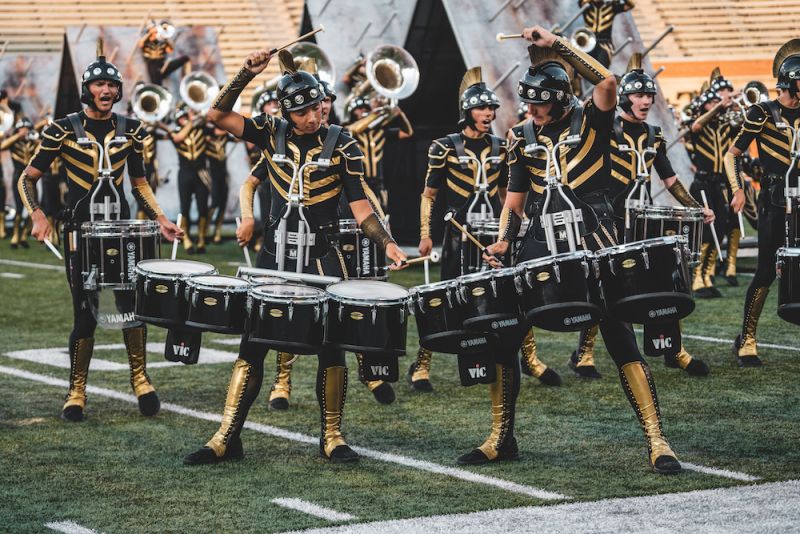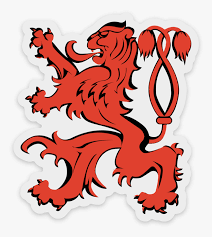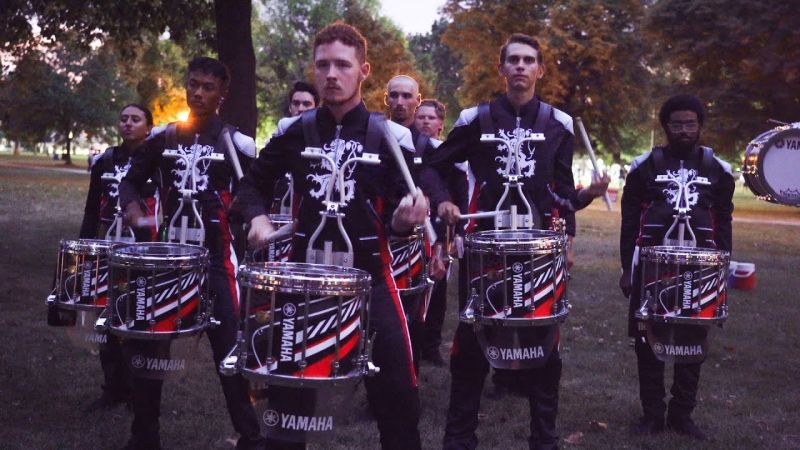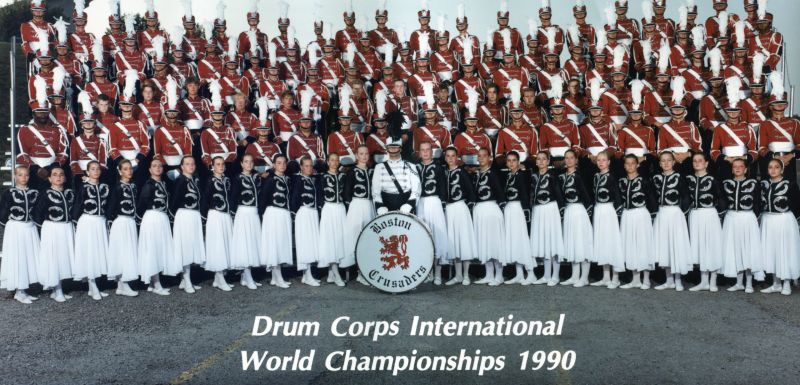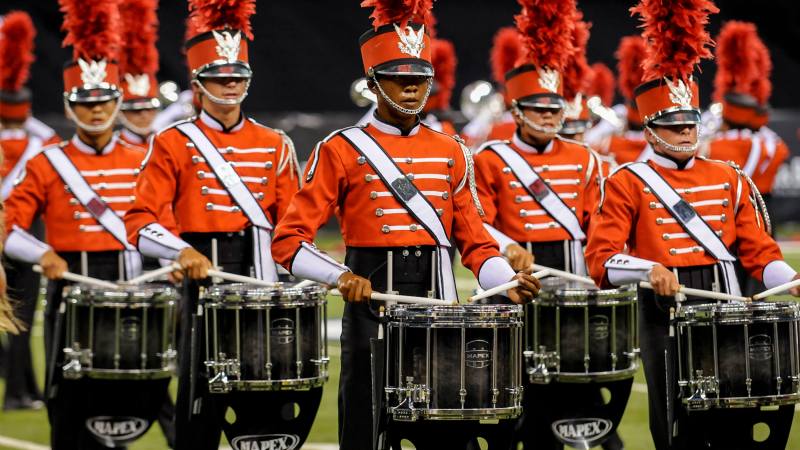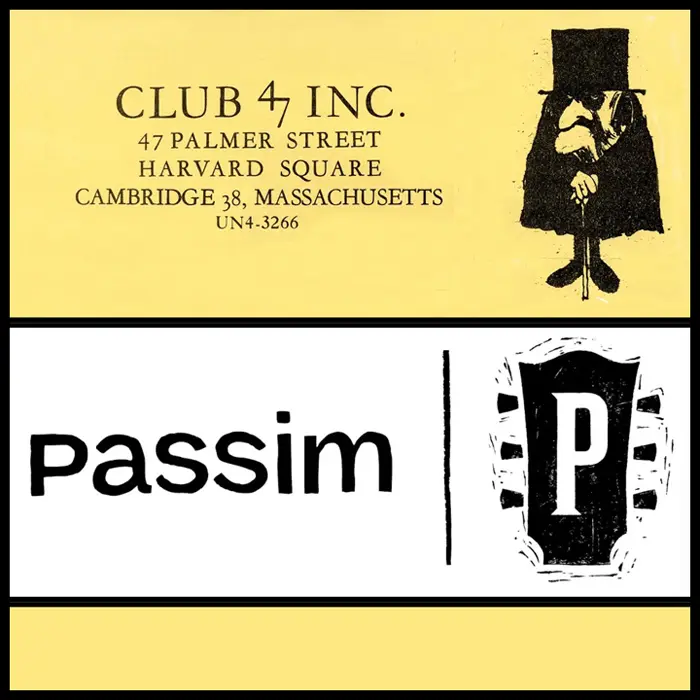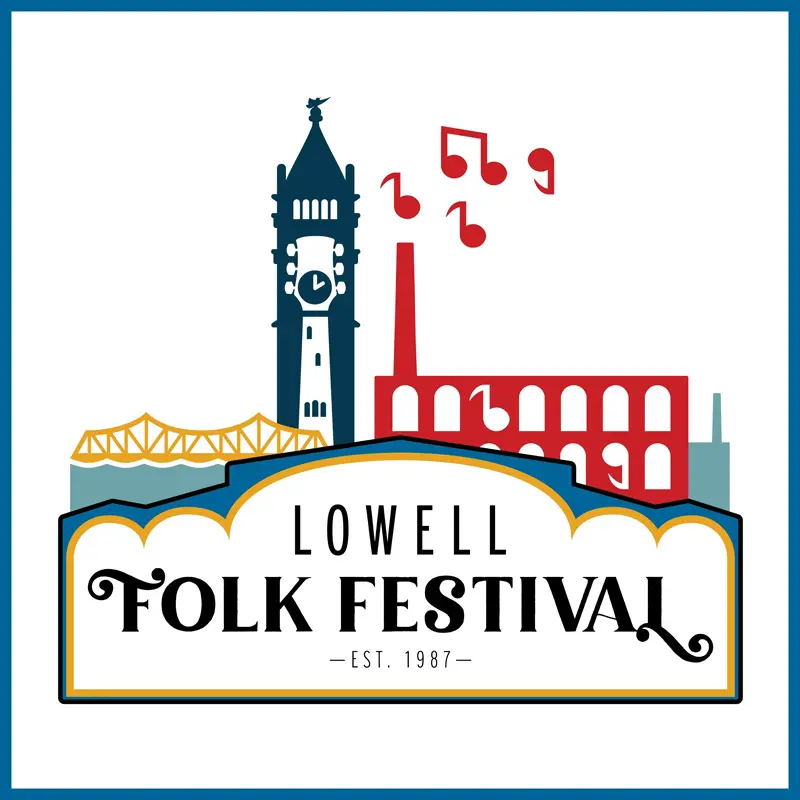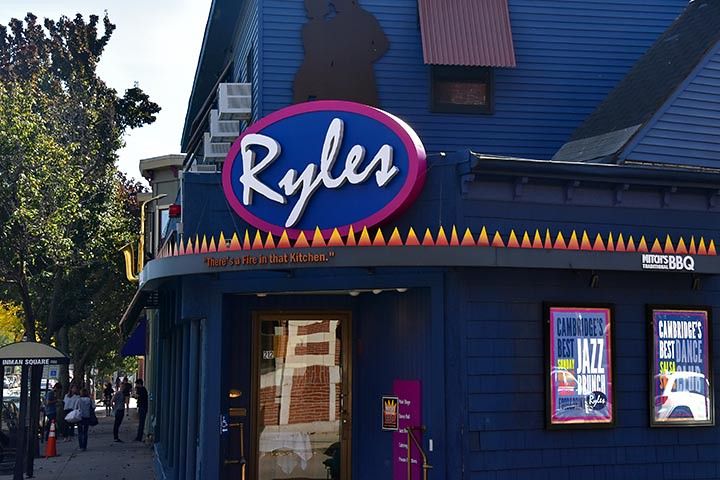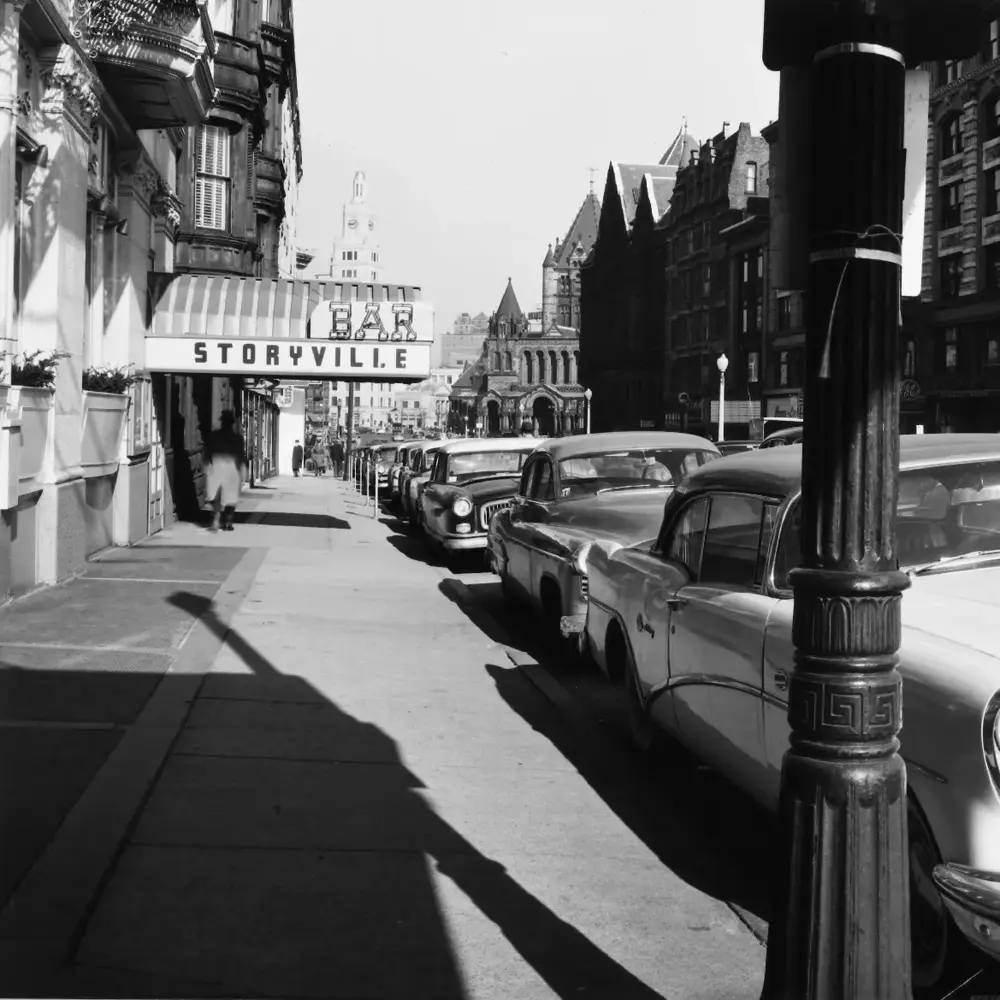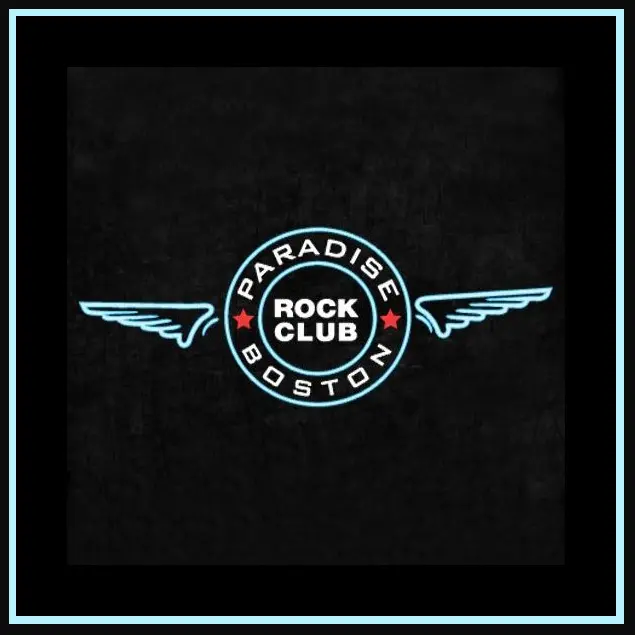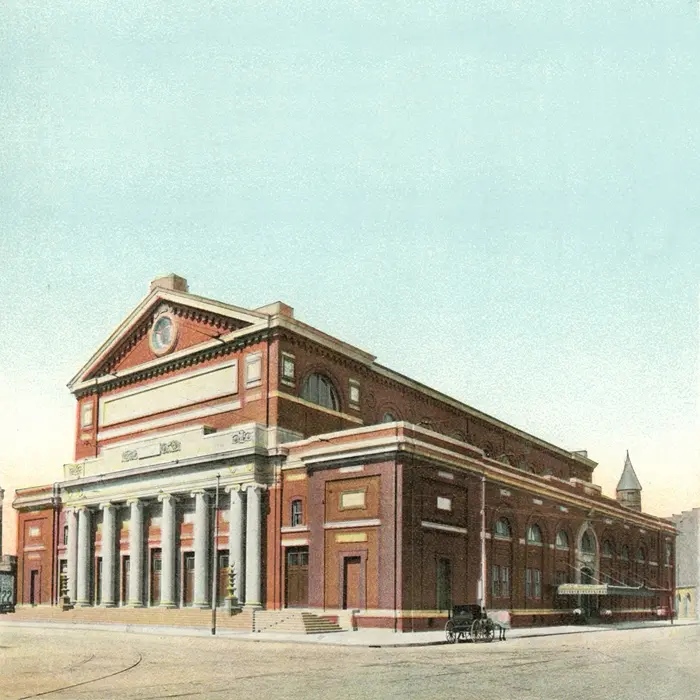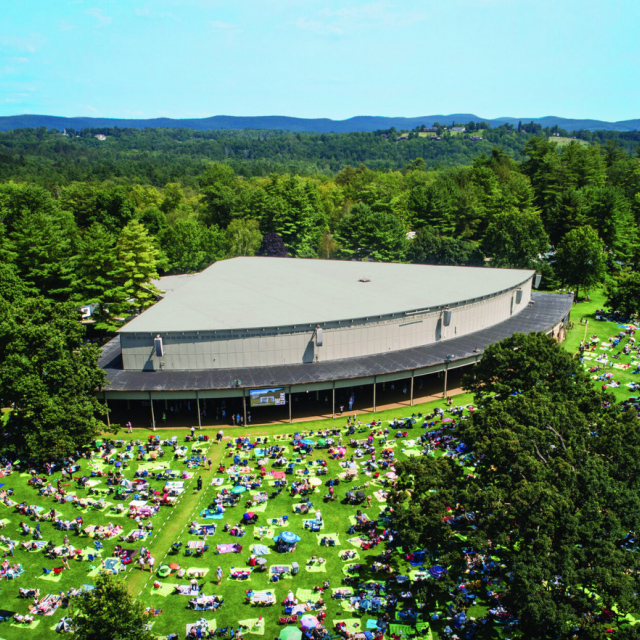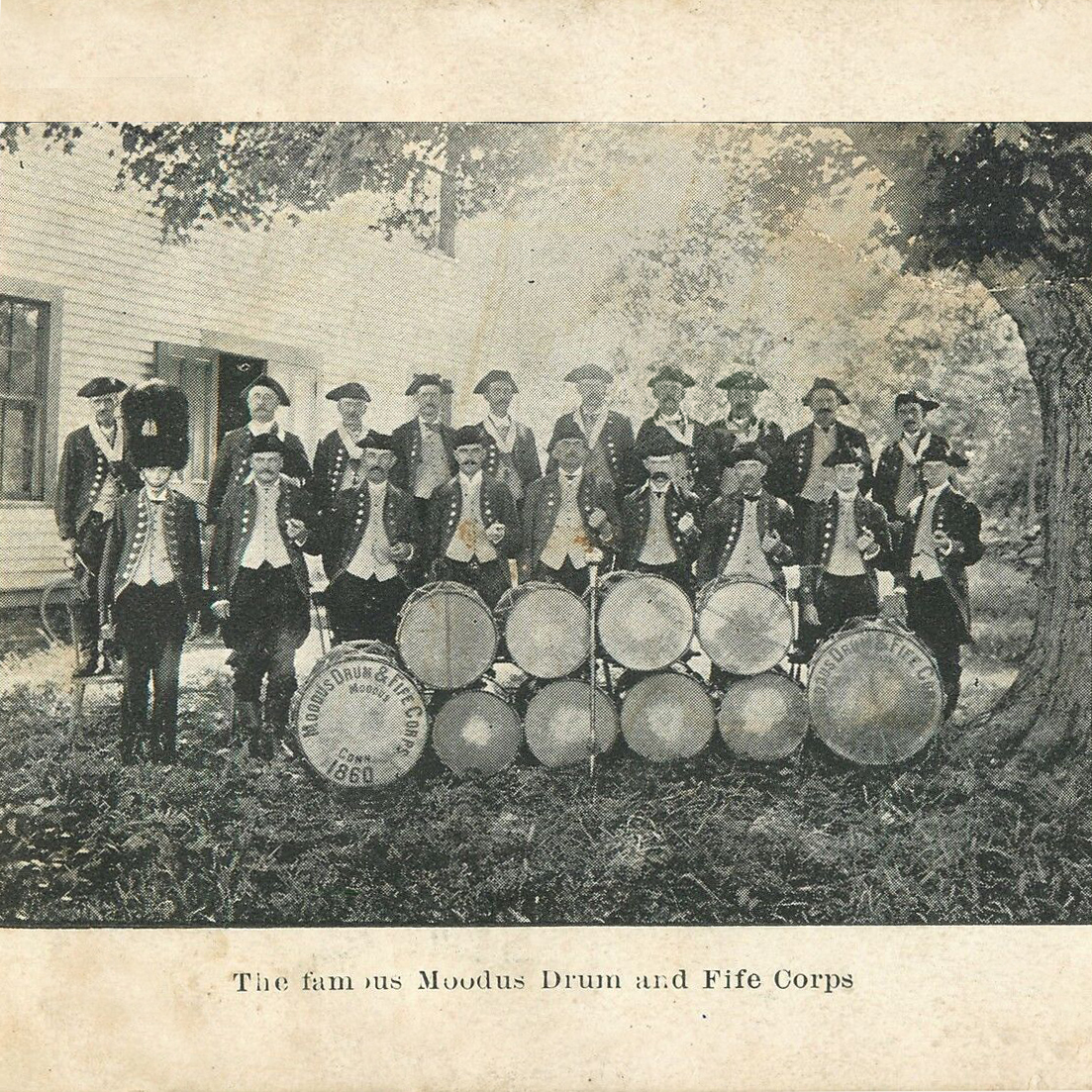Boston Crusaders
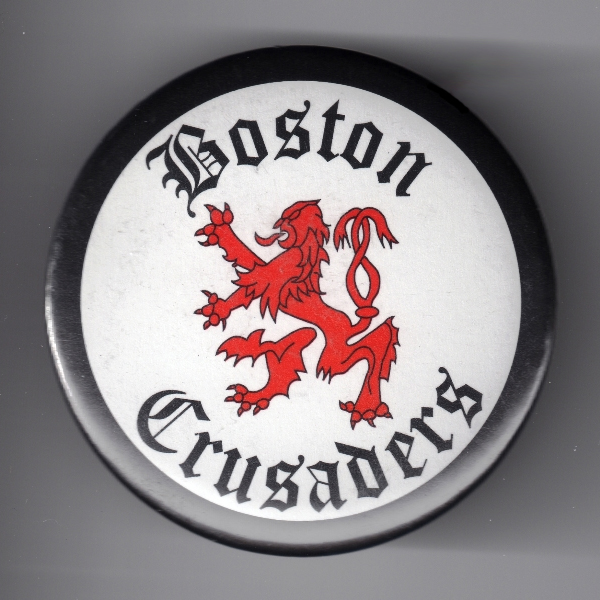
Woven into to the marvelously distinctive tapestry of musical genres played in New England’s varied venues – from folk at Club Passim, world music at the Lowell Folk Festival and jazz at Ryles to R&B at Storyville, rock at The Paradise, orchestral performances at Symphony Hall and classical evenings at Tanglewood – is the oft-undercelebrated collection of junior drum and bugle corps that travel across the region, the nation and the globe to competitions, exhibitions and parades.
And one absolutely world-class example is the Boston Crusaders Drum & Bugle Corps. A consistently innovative, highly competitive powerhouse for over 80 years, the Crusaders continue to perform in the upper echelon of drum and bugle corps, demonstrating beyond any doubt that the genre is an art form second to none. After surviving two major misfortunes – a devastating fire in the 1970s and international financial fraud in the 1980s – their reputation as “the corps that would not die” is an inspiring story of teamwork and triumph rivaled by few others.
Founding, Performances, Total audience
Founded in 1940 as a youth activity at the Most Precious Blood Catholic parish in the Hyde Park section of Boston, the Crusaders are the third-oldest junior drum and bugle corps in the US and a founding member of Drum Corps International (DCI), established in 1972. Composed of 154 members maximum in accordance with DCI’s competition regulations, the corps includes percussionists, brass players and color guard, all between ages 13 and 21, and performs at approximately 40 summertime competitions and exhibitions annually, reaching a total audience of over 300,000.
Pre-Crusaders names, Trailblazer reputation
In 1956, the corps became independent from the parish and changed its name from the Most Precious Blood Crusaders to the Hyde Park Crusaders, then to the Boston Crusaders shortly thereafter. Renowned as a trailblazing corps, in 1967 they became the first to march with double tenor drums, and in 1968 they were the first to use timpani and to put slides on their horns to play chromatic scales. In 1985, the Crusaders introduced synthesizers to corps – and were penalized for doing so in every single event that year – which is now standard practice.
New England’s Drum and Bugle Corps history
The history of drum and bugle corps in New England predates its history in the United States at large. Nationwide, it’s rooted in the post-World War I era – when many parents launched corps in their communities, often funded by groups like the VFW and the Catholic Youth Organization (CYO), thinking their children would benefit from rigorous instruction and discipline – but drum and bugle corps in New England dates to 1821, nearly 100 years before World War I, when the Moodus Drum & Fife Corps , the first corps in the United States, was founded in Connecticut.
The genre gained traction across the region starting in 1932, when the John H. Collins American Legion Post Fife, Drum & Bugle Corps was established in Derby, Connecticut, followed by the Crusaders eight years later. Drum and bugle corps formed across New England throughout the 20th century and into the 21st including the Spartans (New Hampshire) in the 1950s, the Matadors (Rhode Island) and the Maine Regiment in the 1960s, the Spirit of New England (New Hampshire) in the 1980s and the 7th Regiment (Connecticut) in the early 2000s.
CYO National, World Open (Class A) Champions
In the 1960s, the Crusaders – often referred to as “BAC” for the Boston Area Crusaders – were the dominant corps on the East Coast, winning the first CYO National Drum and Bugle Championship in 1964, then again in 1967 and 1968. In 1966 and 1967, the corps won the World Open (Class A) Championship – held at Manning Bowl in Lynn – and in 1969 and 1970 they were a finalist at the VFW Nationals.
Kennedys’ support, Inauguration parade appearances
During their 1960s heyday, President John F. Kennedy and Senator Ted Kennedy were two of the Crusaders’ most zealous supporters, and the Senator intervened personally to secure them West Point uniforms, which the Crusaders changed into their own colors. In 1961, President Kennedy invited the Crusaders to be the first drum and bugle corps to march in a Presidential Inauguration Parade, but corps members’ limited finances prevented the group from travelling to Washington, DC. In 1965, however, the Crusaders marched proudly in President Lyndon Inauguration Parade, after they’d made President Kennedy an honorary member just 34 days before his assassination. In 2013, the corps marched in President Barack Obama’s second Inauguration Parade.
1972 fire, “the corp that would not die”
In 1972, a dark cloud fell over the Crusaders’ successes of the 1960s when a fire destroyed most of the corps’ instruments and equipment, leaving only 19 members able to compete and forcing them to forego the upcoming DCI Championship in Wisconsin. They entered the CYO Nationals in Boston instead, where they finished ninth out of thirteen competitors, earning them a reputation as “the corps that would not die.”
1982 embezzlement, Temporary name change
In 1982, disaster struck again when the corps’ funds were embezzled while on a tour of the UK, leaving members and staff stranded and broke. The US State Department aided corps members under 18 in returning to the US while others relied on help from friends, family and generous donors, but the airline filed a receivership action for non-receipt of the full airfare.
Just as they’d done a decade before, “the corps that would not die” assembled a small contingent – renamed the Boston Drum and Bugle Corps – and between 1983 and 1985 marched in every parade possible within a day’s drive of Boston, eventually paying all their debts except for the airfare, which never resulted in any legal action. In 1986, the corps resumed using the name Boston Crusaders.
1980s, 1990s: “Troublemaker” reputation, Jim Cronin
From the late 1980s through the 1990s, the Crusaders earned something of a “troublemaker” reputation due to various off-stage antics among members, and their DCI rankings were average at best. In 1999, however, under new corps director Jim Cronin and his strict code of “professionalism, accountability, and responsibility,” the Crusaders were among DCI’s twelve finalists.
2000s: superb performances, Tremendous success
The 2000s have seen superb performances from the Crusaders, who’ve made the DCI World Championship finals every year, placing fifth in 2000, 2002 and 2018, which was their first year winning the George Zingali Caption Award for Best Color Guard. In 2019, they finished in sixth and won their second Zingali.
In 2022, the Crusaders had their best DCI World Championship finish ever, tying for the silver medal with the Bluecoats Drum and Bugle Corps (founded in 1972) from Canton, Ohio, and winning their third Zingali, thus reminding the world that their long-held reputation as “the corps that would not die” is as deserved in the 21st century as it was in the 20th.
(by D.S. Monahan)

